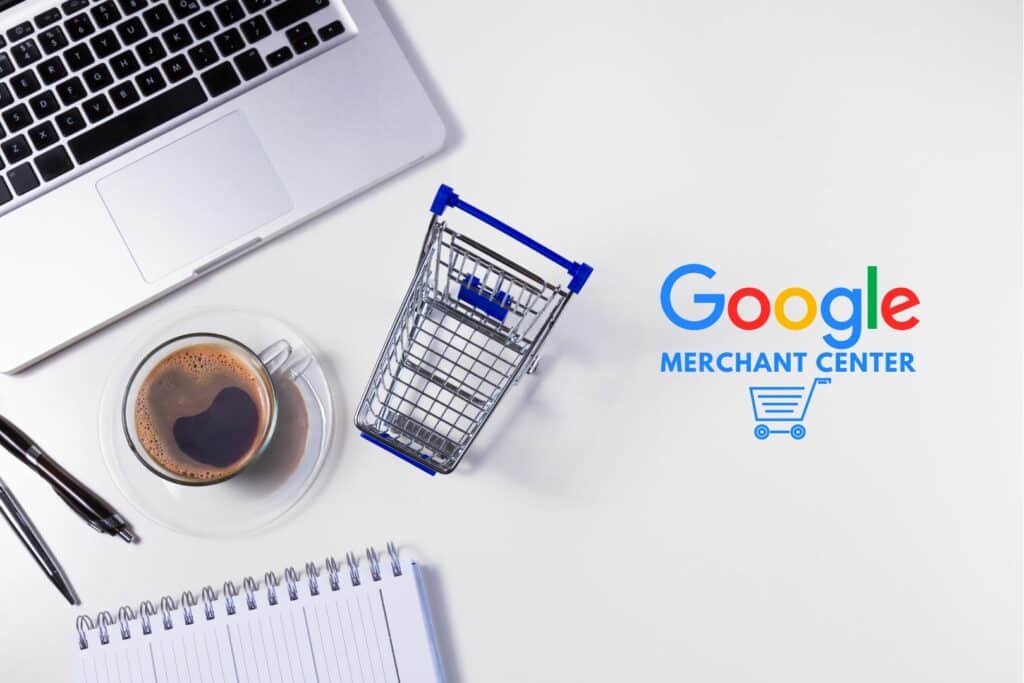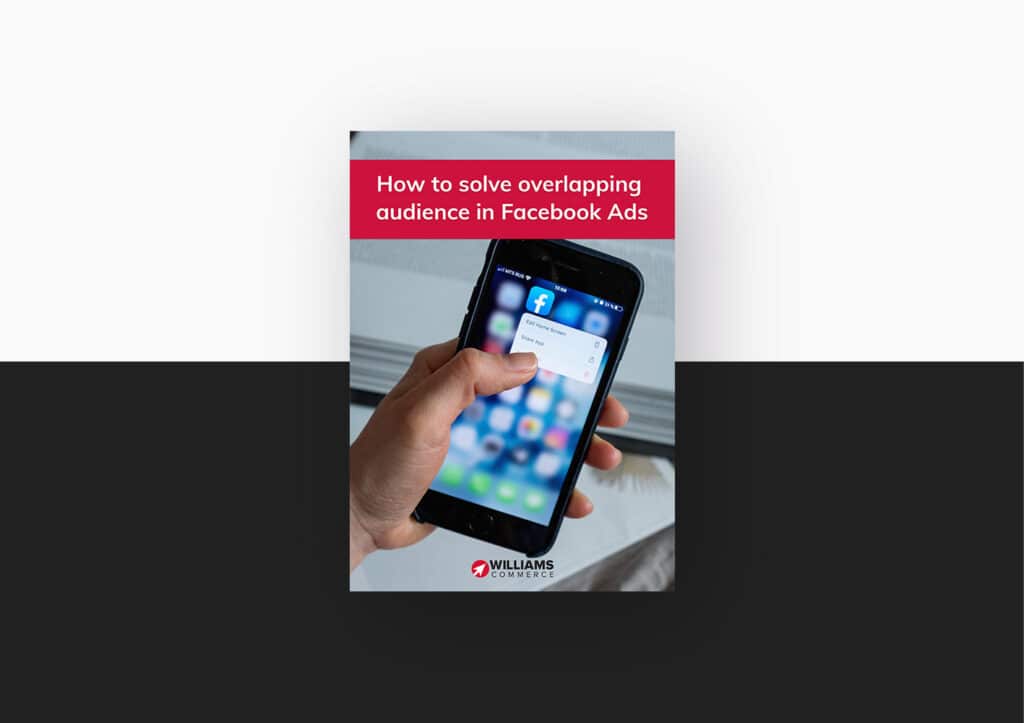With 2011 seeing 415 million PC sales being dwarfed by the 488 million smartphone sales, Microsoft’s reaction has been to release the new Windows® 8 operating system (OS). It looks to be an interesting consumer driven OS, but how exciting is this for the business world?
Windows 8 beta has already experienced a cold reception, resulted in existing Windows customers being four times less likely to try it compared to the 2009 beta release of Windows 7. Conversely, Microsoft’s Chief Executive has announced that he believes 500 million users will have Windows 8 by 2013. If this is an accurate projection, what can the new operating system do for you?
Key Business Features:
Metro interface – Although this may seem more consumer focused, the new tiled Metro interface could allow you to access all your most used PC apps easier and quicker, as well as providing a visually pleasing area to view all the updated information from your RSS feeds, social networks and emails.
Microsoft Application Store – Windows 8 will include its own app store which provides the opportunity for companies to be able to develop apps for the OS. Although having an app store is nothing new, it does open up the possibilities for Windows 8’s business uses in the future.
Increase boot up speed – Utilising the new Unified Extensible Firmware Interface (UEFI) over the previous Basic Input Output System (BIOS), offices can expect increase productivity with start-up times as short as 8 seconds.
High levels of security – New safeguards built into the UEFI include Secure Boot and Early Launch Anti-Malware (ELAM), both of which are used to prevent attacks from unauthorised boot loader and operating system attacks.
Manageable Windows infrastructure – Due to both Microsoft’s mobile hardware and desktop PC’s using the same Windows environment, it will allow for easier management of devices and networks whether you’re using a desktop PC or a phone/tablet.
Mobile workstations – The ‘Windows To Go’ facility allows users of Windows 8 Enterprise to place an existing Windows 8 image with all their apps, setting and files onto a 32GB or larger USB and then boot it up from any other PC. This could be invaluable for staff on the go or working from home. Furthermore, as Windows 8 will work on existing PC’s running Windows 7 upgrading all your hardware is not necessary.
New recovery options – Microsoft will now allow users to reinstall Windows while keeping all personal data, metro apps and settings in less than 10 minutes in case of infected or corrupted PC files.
Enterprise ready services – Windows 8 mobile will also including Microsoft Office which adds a real advantage over Apple’s iPad. Although this provides more of a business orientated tablet use, are enough companies utilising tablets and from those who are, how many will be willing to swap from their iPads to a completely different tablet?
Additionally all the other speed upgrades and usability improvements will have an influence into using Windows in the workplace, but the extent to which it will affect your company will depend on your business needs.
One advantage for those hesitant readers is that Windows 8 will allow users to switch back to a traditional desktop mode if they do not like the aesthetically pleasing Metro ‘tile’ interface. This gives the opportunity for everyone to try out the new operating system without feeling too lost in terms of usability. However, this begs the question, how can you justify the costs of implementing a new OS if users will just revert back to Windows 7 style facilities?
Frank Gillet of Forrester Research claims that those craving touch screen devices such as tablets, phones and touch laptops will jump straight onto Windows 8, however this could potentially push consumers away from Microsoft, as mobile touchscreen enabled devices are still dominated by market leaders Apple iOS or Google’s OS in both consumer and business worlds.
Windows 8 business implications seem fairly indistinguishable at present and it is unfortunately not as simple as a yes or no answer as to whether it’s worth applying for everyone. If the features are suited towards your requirements, try it out and see if it leaves a lasting impression, conversely, if you don’t feel it would make much of a difference, then you would be advised to await Microsoft’s next offering.
The future for Windows 8 is currently unknown, with a dubious start and its business impact in question, the only logical thing will be to wait and see what the future of Windows 8 will be. One thing for sure is that, with well over 1.5 billion Windows users, expectations will have to be satisfied soon, otherwise Microsoft risk providing a new customer base to Apple and Google.
References
BBC. (2012). Windows 8 and the Surface tablets: The experts weigh in. Available: http://www.bbc.co.uk/news/technology-20044887. Last accessed 09/11/2012.
Cellan-Jones, R. (2012). Microsoft’s Steve Ballmer has plans for more hardware. Available: http://www.bbc.co.uk/news/technology-20072497. Last accessed 09/11/2012.
Clarke, G. (2012). Ballmer says 500 MILLION ‘users’ to ‘have’ Windows 8 in 2013. Available: http://www.channelregister.co.uk/2012/05/22/windows_8_shipments/. Last accessed 09/11/2012.
Geier, E. (2012). Windows 8 Features That Will Benefit Businesses. Available: http://www.pcworld.com/article/259631/windows_8_features_that_will_benefit_businesses.html. Last accessed 09/11/2012.
IT Business Edge. (2012). Windows 8 Features Businesses Will Love. Available: http://www.itbusinessedge.com/slideshows/show.aspx?c=93104. Last accessed 09/11/2012.



